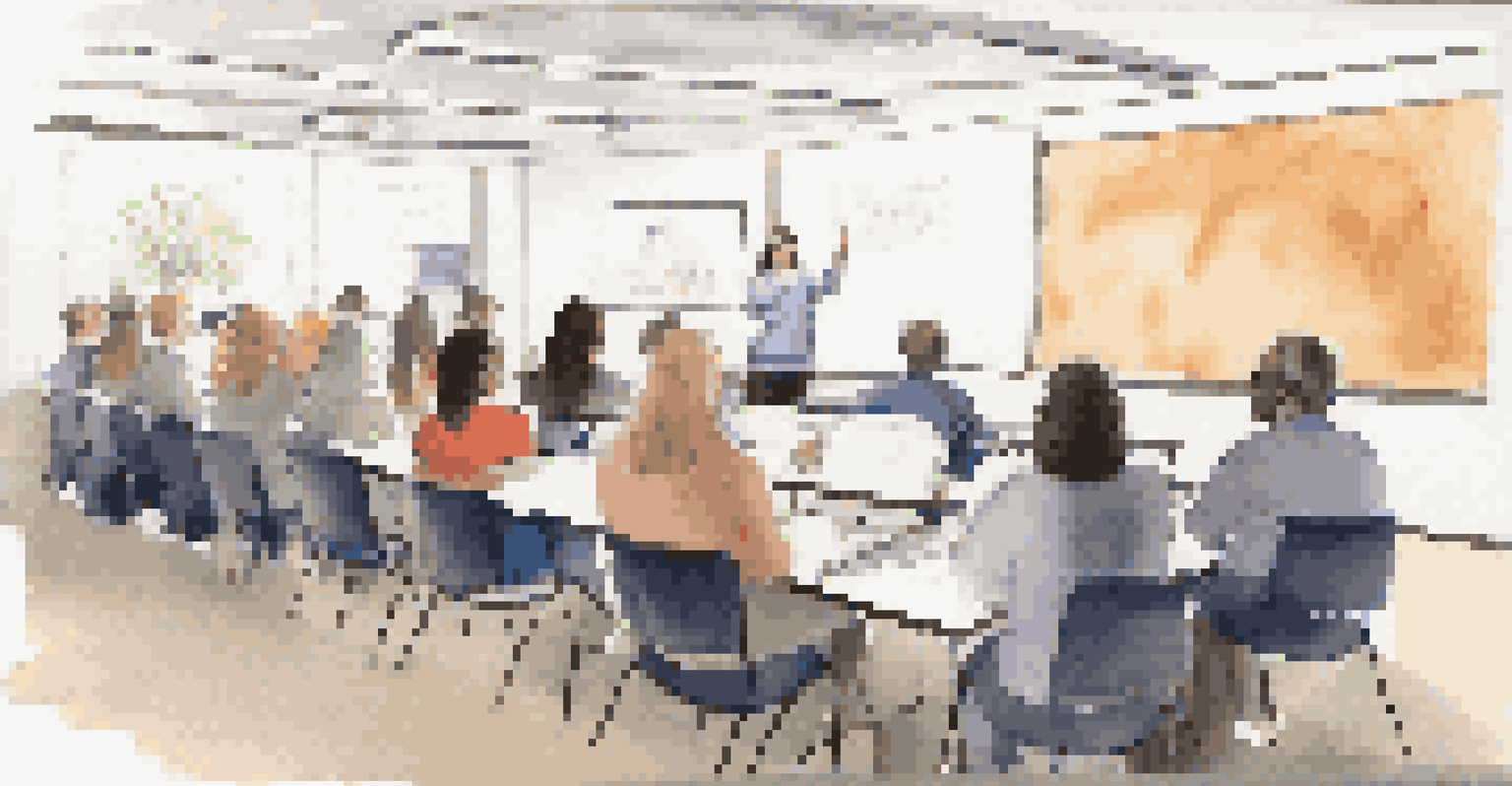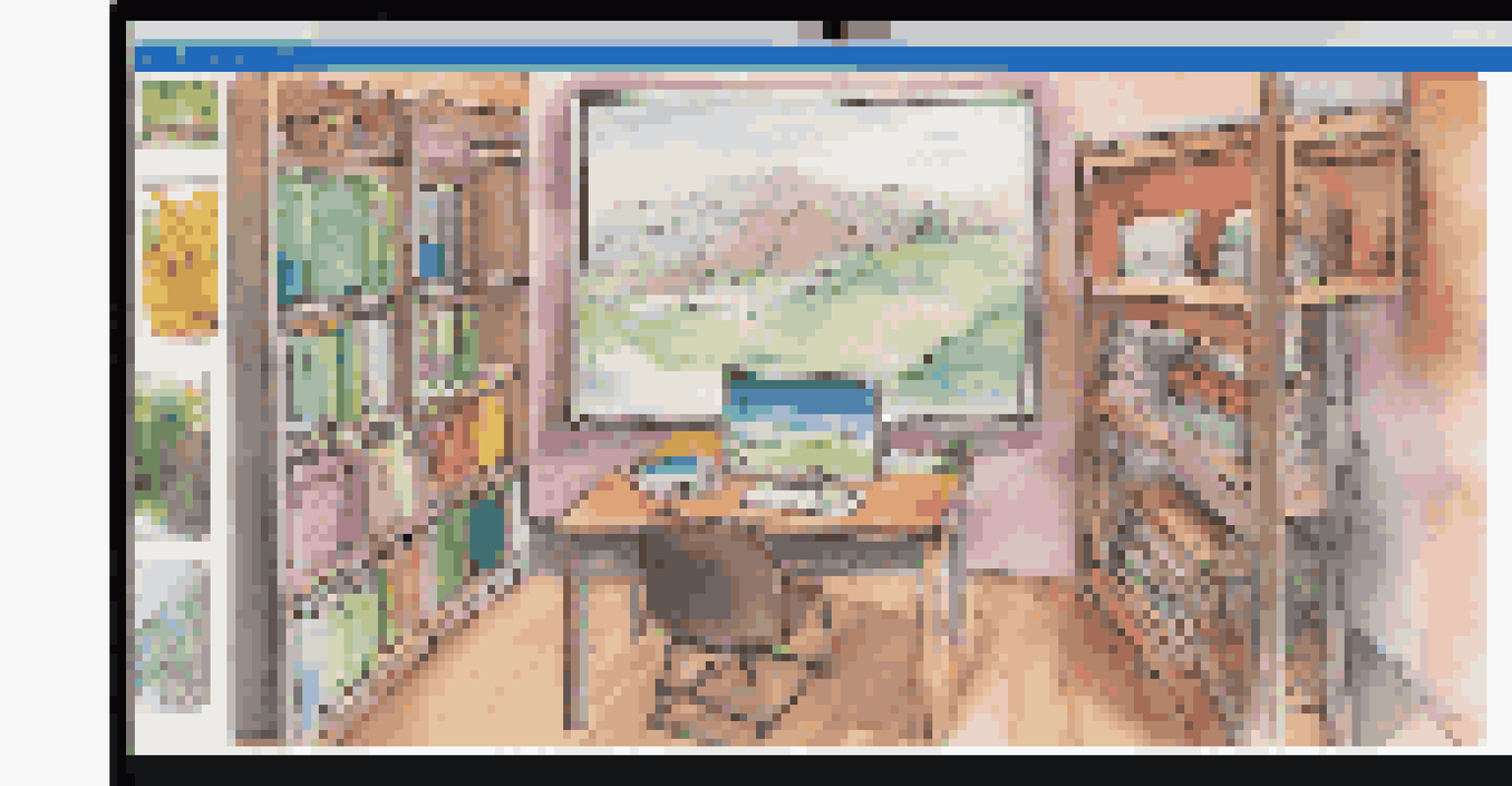Overcoming Barriers to Effective Blended Assessment Practices

Understanding Blended Assessment: A Brief Overview
Blended assessment combines traditional and digital methods to evaluate student performance. This approach can enhance learning experiences by catering to diverse learning styles. However, many educators face challenges in implementing these practices effectively.
Assessment should be seen as a process of gathering evidence to support learning, not just an event to measure it.
One of the key benefits of blended assessment is its flexibility, allowing for a more personalized approach to evaluation. For instance, teachers can use online quizzes alongside in-person presentations to gauge understanding. This blend offers a comprehensive picture of student abilities.
Despite its advantages, educators often grapple with integrating technology into their assessment strategies. Understanding the foundational principles of blended assessment is crucial for overcoming these hurdles and maximizing its potential.
Identifying Common Barriers in Blended Assessment
Many educators encounter barriers such as lack of training, insufficient resources, and resistance to change. These obstacles can hinder the successful implementation of blended assessment practices. Acknowledging these barriers is the first step toward addressing them.

For example, a teacher might feel overwhelmed by the technology required for online assessments and choose to stick with traditional methods instead. This reluctance can limit the effectiveness of blended strategies, underscoring the need for training and support.
Blended Assessment Enhances Learning
Blended assessment combines traditional and digital methods, offering flexibility and a personalized approach to evaluate student performance.
Additionally, inadequate access to technology can exacerbate these challenges. Schools must prioritize resource allocation to ensure all educators have the tools they need to succeed in blended assessment.
Building Educator Confidence Through Training
Professional development is essential for equipping educators with the skills needed for blended assessment. Workshops and training sessions can help teachers become comfortable with the technology and strategies involved. This confidence translates to more effective teaching and assessment.
The greatest danger in times of turbulence is not the turbulence; it is to act with yesterday's logic.
Moreover, peer support plays a significant role in building confidence. When educators share their experiences and strategies, they create a collaborative environment that fosters learning and growth. This exchange of ideas can lead to innovative assessment practices.
Ultimately, investing in training not only enhances individual educator capabilities but also positively impacts student learning outcomes. Well-prepared teachers are more likely to implement blended assessment effectively, benefitting all students.
Leveraging Technology to Enhance Assessment Practices
Technology offers numerous tools that can streamline blended assessment practices. From learning management systems to online assessment platforms, these resources can simplify the evaluation process. By integrating technology, educators can save time and provide more engaging assessments.
For instance, using interactive quizzes and digital portfolios allows students to showcase their learning in various formats. This approach not only caters to different learning styles but also encourages creativity and critical thinking. Through technology, assessments become more dynamic and relevant.
Overcoming Barriers is Essential
Addressing common barriers such as lack of training and resources is crucial for the successful implementation of blended assessment practices.
However, it’s essential for educators to choose the right tools that align with their assessment goals. A thoughtful selection process ensures that technology enhances rather than complicates the assessment experience.
Creating a Supportive Learning Environment
A supportive learning environment is crucial for the successful implementation of blended assessment. This environment encourages open communication, collaboration, and experimentation among educators and students alike. Building this culture can help alleviate fears related to new assessment methods.
For example, when students feel comfortable providing feedback on assessments, it fosters a sense of ownership over their learning. This feedback loop can help educators refine their practices, ensuring that assessments are effective and meaningful.
Moreover, involving students in the assessment process promotes engagement and accountability. By encouraging students to reflect on their own learning, educators can create a more personalized and impactful assessment experience.
Engaging Students in the Assessment Process
Engaging students in the assessment process can significantly enhance their learning experience. By involving them in setting goals and choosing assessment methods, educators can foster a sense of agency. This engagement leads to increased motivation and better learning outcomes.
For instance, allowing students to contribute to the design of a project-based assessment can make the process more relevant and exciting for them. When students see their input valued, they are more likely to invest in their learning.
Engaging Students Boosts Outcomes
Involving students in the assessment process fosters motivation and ownership, leading to better learning outcomes.
Additionally, providing opportunities for self-assessment encourages students to reflect on their strengths and areas for improvement. This reflective practice not only builds critical thinking skills but also promotes lifelong learning habits.
Evaluating and Adapting Blended Assessment Practices
Continuous evaluation and adaptation of blended assessment practices are vital for ongoing improvement. Educators should regularly review the effectiveness of their assessments and seek feedback from students. This iterative process allows for necessary adjustments to enhance learning outcomes.
For instance, after administering an assessment, a teacher might analyze student performance data to identify trends and areas needing improvement. This analysis can inform future assessments, ensuring they meet students' needs.

Moreover, staying informed about emerging trends and best practices in blended assessment can inspire innovation. By adapting to new insights, educators can create more effective and engaging assessment experiences for their students.